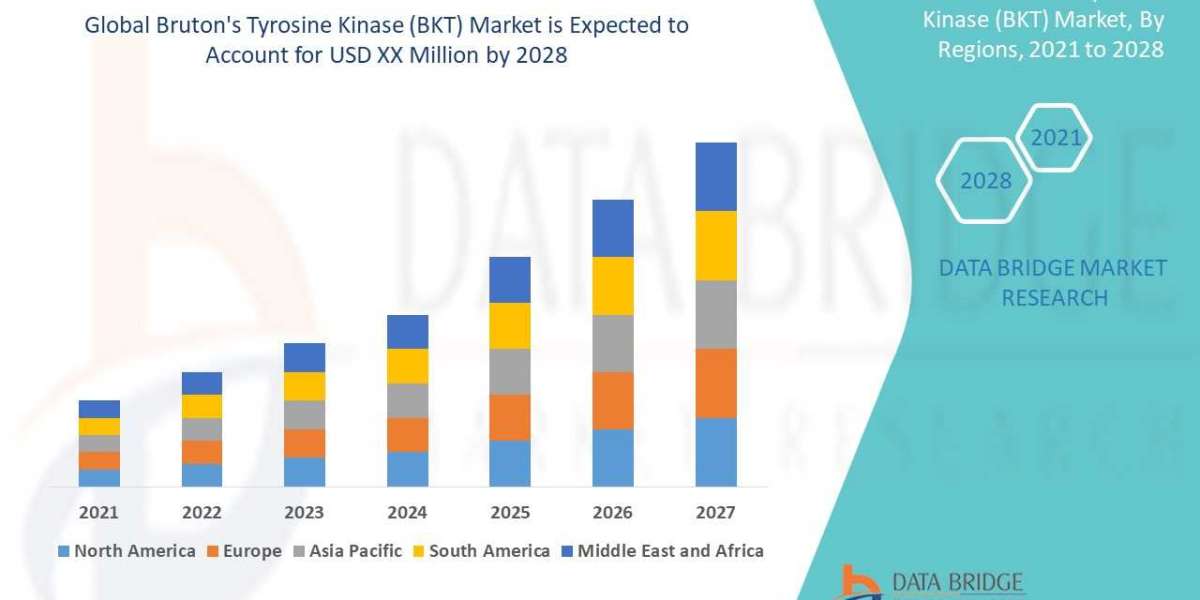What is Video Telemedicine?
Video telemedicine refers to the use of video conferencing technologies to provide clinical healthcare from a distance. Through live, interactive video connections, patients can visit with doctors and other medical providers without having to travel to a physical healthcare facility. Video telemedicine allows for remote medical consultations, diagnoses, treatments, and more.
The Rise of Telehealth amid COVID-19
The COVID-19 pandemic dramatically accelerated the adoption of telehealth technologies, as physical distancing guidelines necessitated a shift to remote care delivery Video Telemedicine. Prior to 2020, telehealth was a small part of the overall healthcare system in many countries. However, relaxed regulations around telehealth reimbursement and the urgent need to limit in-person visits drove explosive growth. The number of telehealth visits in the U.S. increased by 50 times at the peak of the pandemic compared to pre-COVID levels. This widespread and sudden implementation highlighted how video telemedicine could expand access to care, especially in rural areas.
Benefits for Patients
Video telemedicine provides significant benefits and convenience for patients. It reduces travel times and costs associated with physical visits, which can be prohibitively expensive for those in remote regions far from specialists. Telehealth also improves access for patients with limited mobility or disabilities that make travel difficult. The ability to "see" healthcare providers in real-time through video allays anxieties over receiving care from a distance. Telehealth also supports continuity of care, allowing established patients to follow up remotely with familiar doctors.
Get More Insights on- Video Telemedicine














